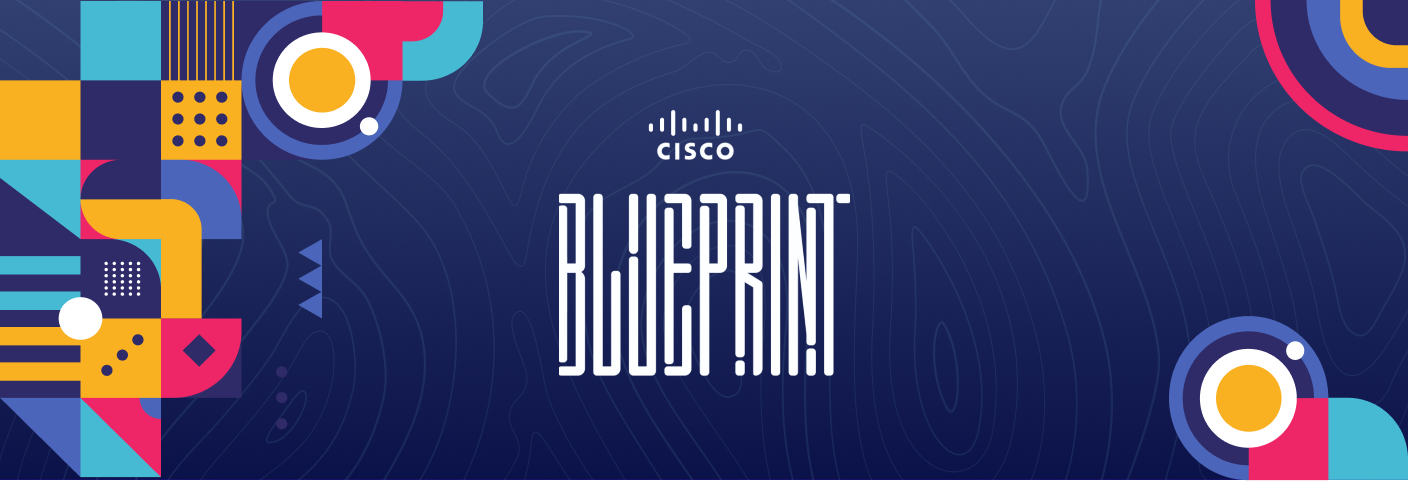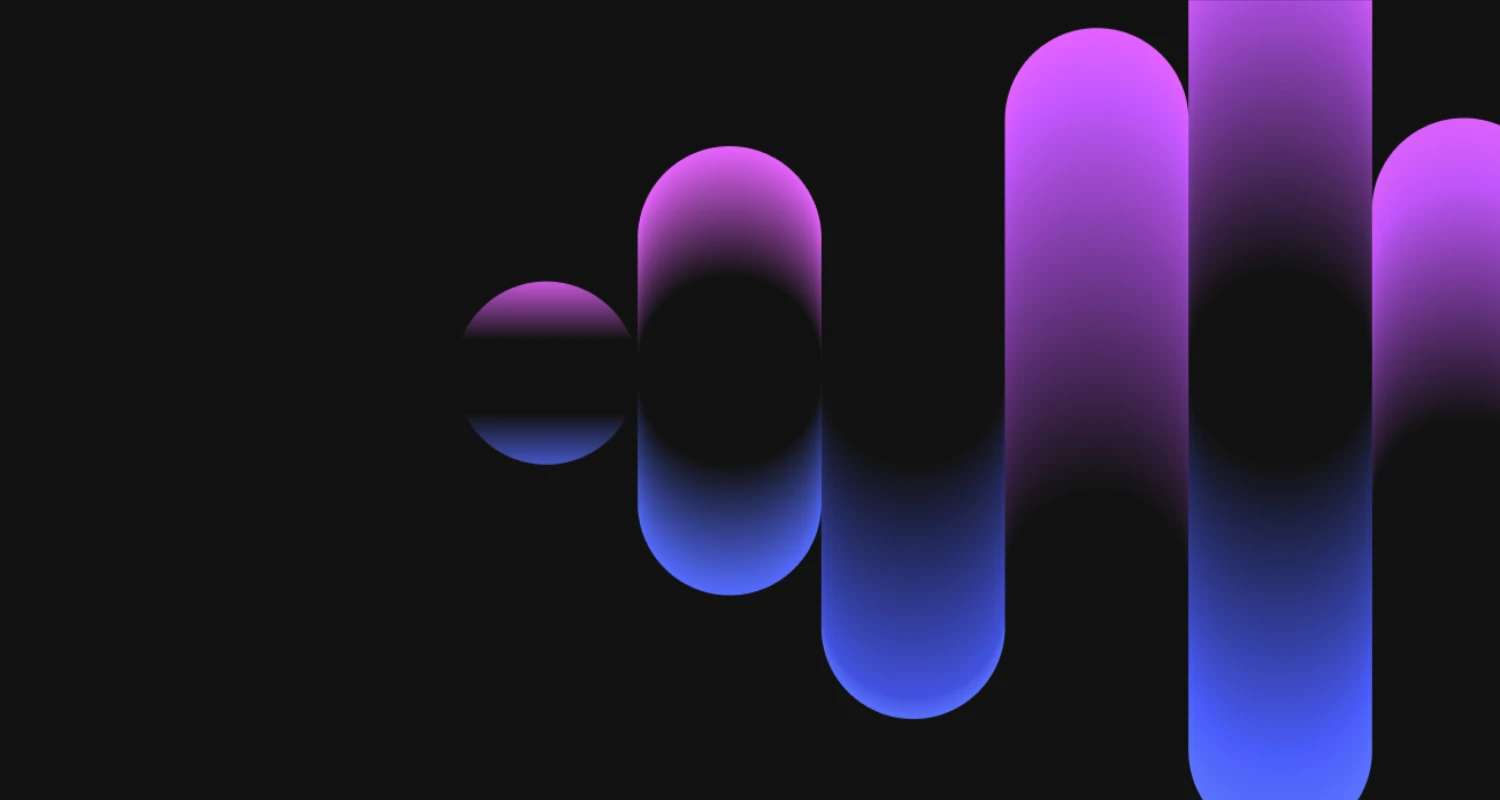Prior to Cisco Security’s first Blueprint event on May 16, 2024, at its campus in India’s vibrant tech capital, Bengaluru, Jason Cyr sat down to talk about why he’s passionate about security design and what’s unique about the design-enabled culture at Cisco. He sees this culture leading a profound shift in design’s emerging influence and impact in the organization.
Elevating security: design envisioning the future
I've worked in security since 1998, so I got hooked early. Security is an incredibly complex space. The products are incredibly complex. They're siloed, they're disconnected. That leaves a ton of opportunity for error. It tends to be very technology focused versus human focused. As a result, we know from research that a majority of security incidents are caused by misconfiguration of products or holes left in products due to misconfiguration.
That's exactly where design could step in and have a real impact in terms of increasing the security of an organization by providing tools that are easier to understand, easier to manage, and more deeply integrated.
There are also a number of different personas interacting with the security tools. And those personas are often working in different parts of the organization, but they need to collaborate with one another. More and more we're realizing that delivering not just security capabilities that are easy to manage but security capabilities that help enable the collaboration between the different personas in the system is also a tremendous advantage—and leads to better security outcomes. All that’s to say, we get to solve really great challenges as designers working in the security space. To me that’s why it's such an interesting place to work.
What’s unique about the value design brings to product development?
One is we can literally show you the future—many of the functions we work with are forced to try and describe the future in words and slides. But we can show you the future in that we can create Figmas and prototypes and artifacts that actually show you what the experience is going to look like. This is proving incredibly valuable because it eliminates all the confusion, all the misalignments, all the misconceptions when we’re using words to describe where we’re going.
The other piece we bring is this process known as the Double Diamond. This is important because, first and foremost, it’s a collaborative process where design leads the sprint but with engineering and product management participating and contributing as partners. What’s important to understand is this is not a design sprint, it’s a product sprint. We own the work as a team, and we drive success together.
It’s forcing us to go deep in the problem space, gain empathy for who we’re trying to solve problems for, understand all their challenges, prioritize the most important problems to solve to deliver the most value to the customer before going wide again to explore solutions. Not just choosing the first solution that comes to mind, but really thinking about how we could solve for these problems in novel and differentiated ways in the market.

(above) The Double Diamond framework presents a process of exploring an issue more widely or deeply (divergent thinking) and then taking focused action (convergent thinking).
As I reflect on my career as a design leader, we're constantly fighting for a seat at the table. We want to get involved early, we want to show the business how we can bring this unique value to bear—and we struggle, right? We struggle to get product leadership and engineering leadership to see the value that we bring beyond just, “Create these wireframes so we know what the heck we're building.”
What this new design-enabled approach to discovery and visioning has done is show the value. Now all of a sudden, we're not asking for a seat at the table. They’re asking for us to sit at the table because they realize this value we bring and that value is focused on those two things I talked about: allowing us to run through a Double Diamond process to make sure we're solving the right problem in an innovative way—and we're creating artifacts that literally show what that future state looks like.
What we're seeing is product teams are not only getting excited about the output of these sprints, but they're landing on roadmaps that we’re building and launching. So for design, it gives us a really meaningful way to participate in the planning process, and it's being done at the right time and in the right way. It lets designers do what we love to do, which is to steep ourselves in the problem space, get really creative on the solutions that we’re bringing, and get recognized for the value that we're delivering to the business.
Navigating the AI shift in product design—securely
What changes are underway in how designers work and deliver solutions with AI?
We’re trying to be clear that we don't get caught up in doing AI for AI's sake. We need to make sure that we're investing our time, energy, and resources in places where we're going to deliver tremendous value to the customer. That means understanding what’s the outcome, what’s the use case, and what’s the problem we're trying to solve. And then delivering a workflow that's going to solve that problem or deliver that outcome. What we're seeing in the market is a lot of businesses are just going out and jumping on the AI bandwagon and slamming it into their products. We want to be different. We are also really focused on principles related to responsible AI—building trust, providing transparency, reducing bias, and promoting accessibility.
We ultimately need to shift our focus from designing point-and-click workflows to conversational workflows. It’s probably going to be one of the harder transitions our design organization needs to make because we still naturally think in terms of point-and-click UI and structured consoles and dashboards.
It’s going to force us to really rethink the surfaces and modalities that we normally have at our fingertips as designers. As much as we get worried about AI taking over the world and taking our jobs, I don't think that's the case. I think it's going to be an incredible tool that unlocks thinking and new ways of doing things for us. It’s going to be a really cool time to be a designer.
What unique opportunities does Cisco offer designers?
Cisco is well positioned to be one of the stars that emerges from this transition to AI because we will naturally benefit from using AI in our security products, but we’re also going to deliver networking infrastructure that enables AI, and we’re going to deliver security that secures AI. We’re uniquely positioned at Cisco to deliver on those things. So as much as I'm excited about the integration of AI into the products, I'm even more excited about how we're going to be able to enable organizations around the world to build AI into their products and do it in a secure way.
Guiding global impact, leading with generosity
What experiences have you had in your career that make you the leader you are today?
I think often we progress in our fields because we're good at the thing that we do, right? So, I think I was a good UX designer, interaction designer, product designer, and I made my way up through the ranks and into leadership.
And there's a point where you need to transition away from being really good at what you do—and being recognized for all the things that you do—to being really good at making sure that people who work with you are really good at what they do and get recognized for what they do.
It took me a long time to make that leap and realize that my role has shifted. The only way that I can be seen as a successful leader is if I let go of my ego and make sure that all these people working for me are incredibly successful in their roles.
You know, making my recent move to leading the design organization was a humbling experience for me in that I have often tried to make sure people like me. I’m the type of person who has had a successful career because people do like me and I’m easy to work with—all of those things benefited me.
When I stepped into the role [Head of Product Design, Security Design], it was honestly the first time in my career where I was like, I can’t worry about whether people like me anymore. I need to be really clear on what I stand for and what I need from the team.
Part of what I need from the team is to move fast. We’ve got to get comfortable with being uncomfortable and we’re going to be asked to do more than what we’re capable of. But we have the power to prioritize and to tell the business what we’re capable of taking on. That was a really scary moment for me because I moved away from the thing I’ve relied on my whole career, which is, I’m this likable easy to work with person.
The most rewarding part about that is I’ve seen the whole organization and team respond positively. They’re like, “Yes! He has a point of view and he stands for this and we’re really clear on what’s expected of us and how he’s measuring us.” That’s been a career highlight for me and a real cool moment.




